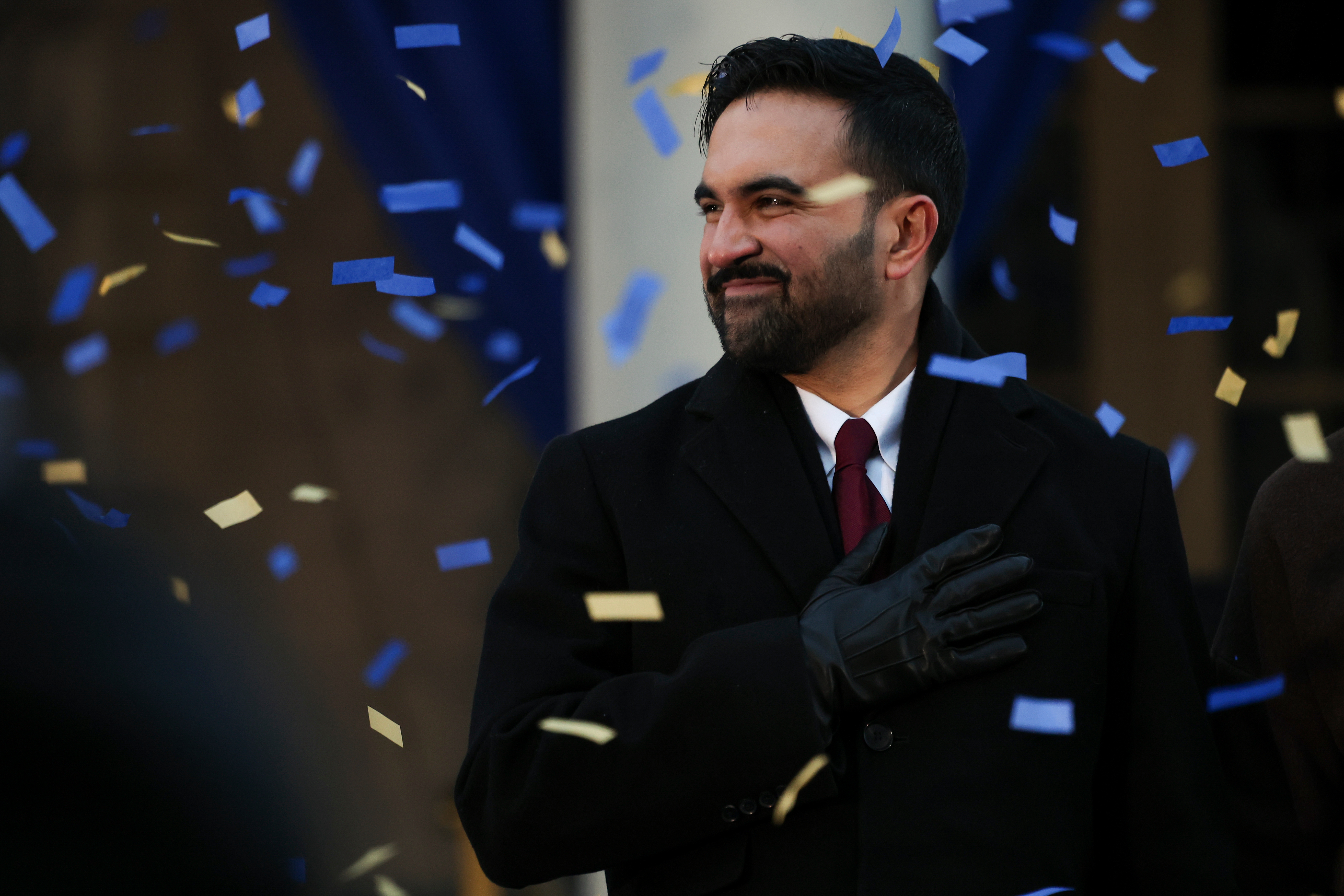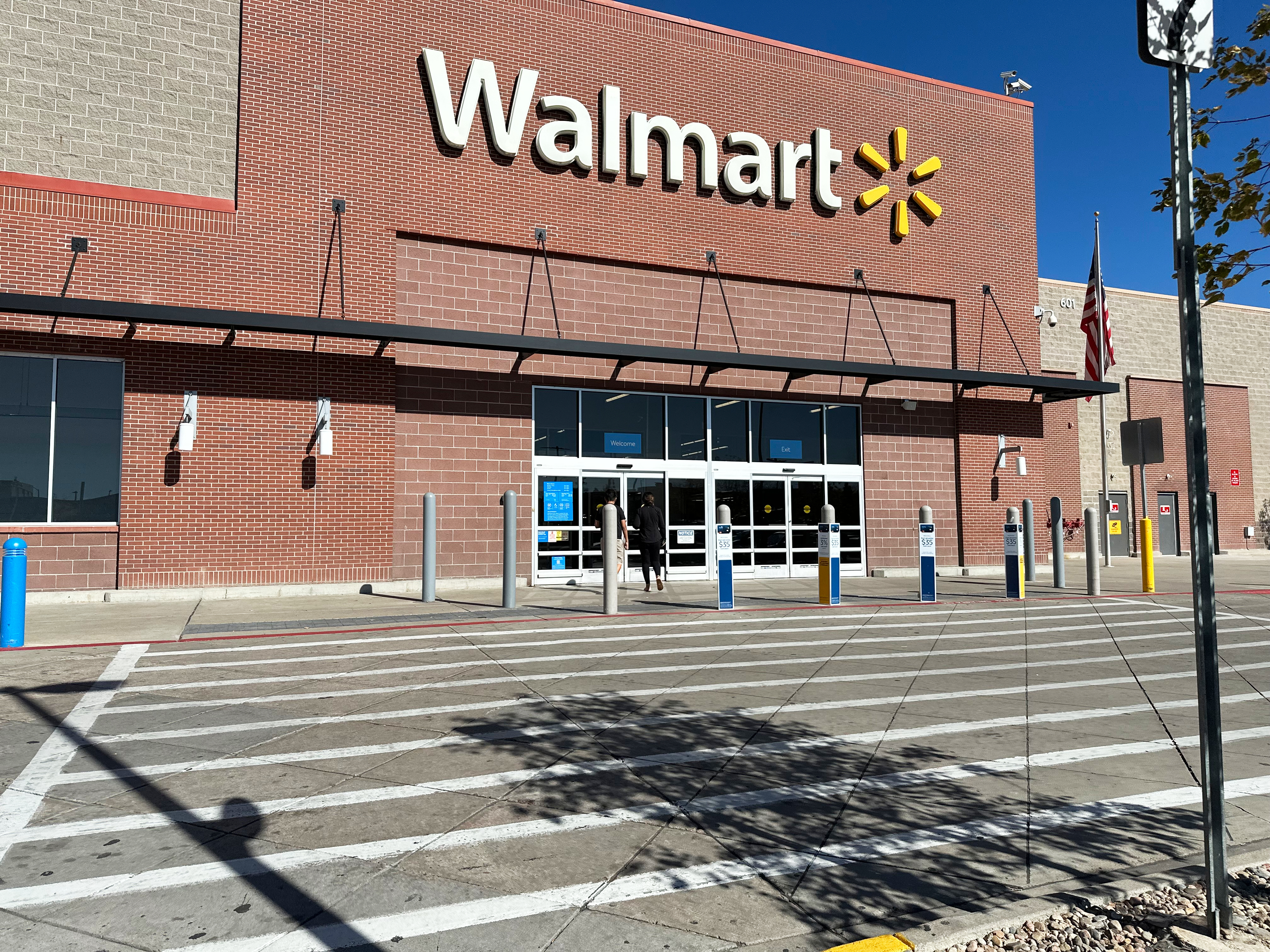Bob Burley walks around the Morrisville-Stowe Airport in Vermont and can't help but notice the decreasing number of planes being kept there.
Burley, a lifelong pilot, has been flying out of the regional airport since 2000. But like many rural airports around the country, Morrisville-Stowe, advocates say, is not living up to its potential because of larger cuts happening in the airline industry nationwide.
Nestled in the heart of the Green Mountains, tourists flock to the area year-round to ski and explore. But the airport hasn't had an operational fuel farm for the last few years — meaning pilots hoping to fly out of Morrisville-Stowe must come in with enough fuel to do so.
"It transcends craziness," Burley said.
Morrisville once had one commercial flight a day that traveled to the New York City area. But that service ended in 2022.
What's happening in Morrisville is part of a larger story playing out at regional airports nationwide, as access to airline service in various forms is essentially vanishing into thin air.
And rural residents who depend on these airports are stuck in the middle. Many are forced to drive up to two and a half hours to the closest airport at a time when ticket prices are soaring.
"It is a form of necessary transportation when you're far away from urban centers," Burley said.

Airlines cut service to small airports; Congress looks for solution
If you don't live in a major city, it is becoming increasingly difficult to find flights to smaller airports.
According to the Regional Airline Association, 324 airports have faced cuts since 2020. An estimated 14 of those airports have lost commercial service entirely as airlines have cut back regional service due to lack of federal funding and an ongoing pilot shortage.
As a result, a coalition of impacted regional airports was recently formed. The group is called RESTORE, which stands for Restoring Essential Service to Our Rural Economies. The organization represents airports that have lost daily air service since the pandemic, including Elmira, New York; Hagerstown, Maryland; Williamsport, Pennsylvania; Del Rio, Texas; and Yakima and Wenatchee, Washington.
"It's a huge economic impact," said Richard Howell, Executive Director of the Williamsport Regional Airport.
RESTORE's hope is to get the attention of Congressional members during the ongoing FAA reauthorization process. The organization is asking lawmakers to expand the Essential Air Service Program and Small Community Air Service Development program. Both help guarantee commercial flights to smaller communities.
"We're looking to get together to hit influencers who can help us and achieve bringing air service back into our communities," Howell noted.
Earlier this year the head of the Regional Airline Association addressed Congress on the issue, focusing largely on the current pilot shortage role in all of this. In a statement, the organization said:
"Despite soaring passenger demand, a worsening pilot shortage has hindered the regional airline industry's recovery … decimating small community air service."
Back in Morrisville, with no fuel and a runway that's not long enough, there is no hope right now of commercial airline service ever arriving. Anyone flying into the region must travel through Burlington, an hour's drive away through the mountains.
Bob Burley's concern is that during a time when it's already hard to find commercial pilots, the situation at his home airport will keep younger generations from getting into the industry.
"Any youth that want to learn how to fly probably won't," he said.

American Airlines pilot: Reduced trainings will make flying less safe
Airlines are cutting training, some pilots say, at the worst possible time, as more collision close-calls are happening and flight demand is surging.











